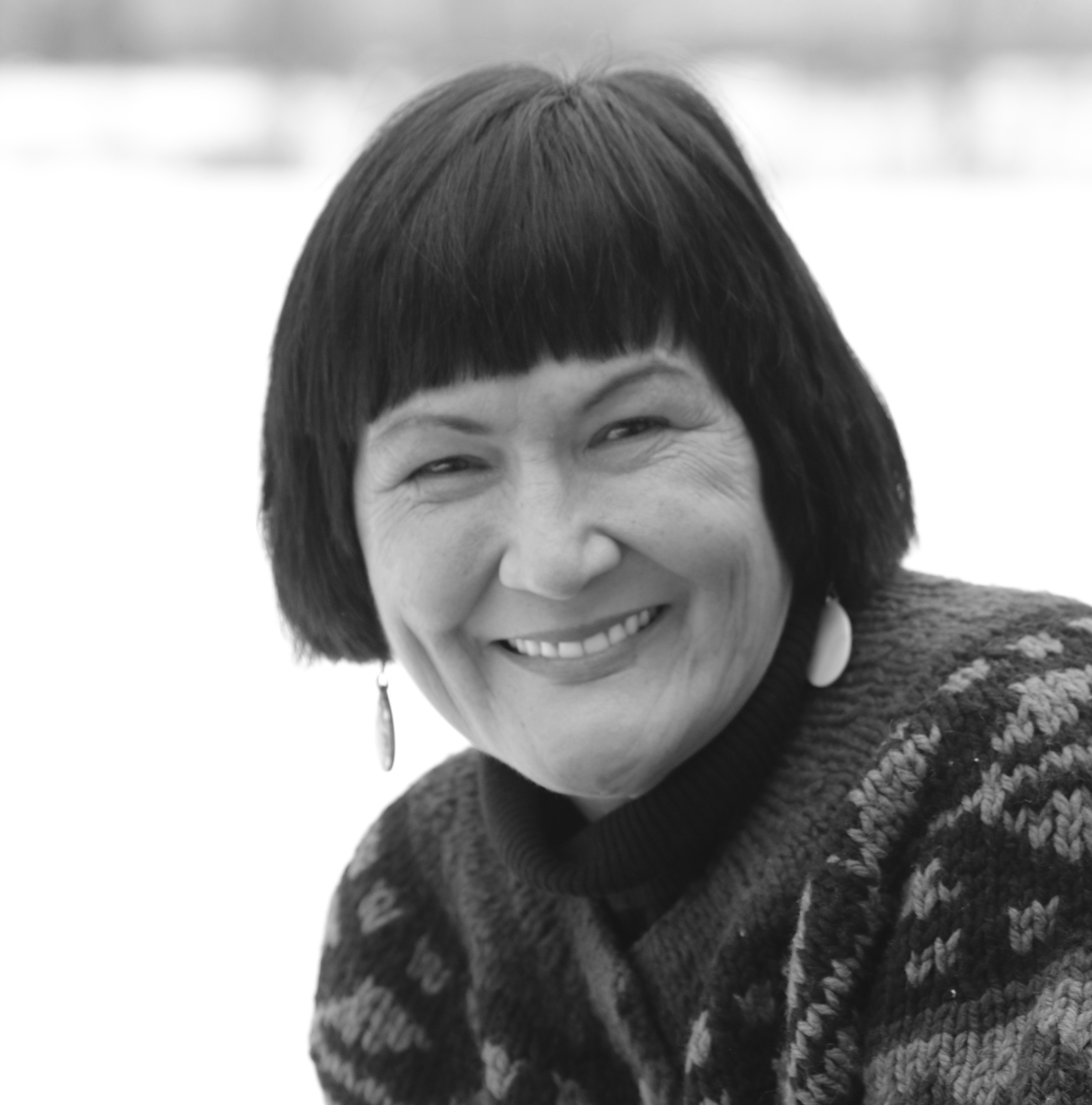Inupiaq Women
She paddles and streams
her kayak up Kobuck River.
At daybreak,
she passes the salt flats into
the glass water; she skims
for cod and chum, hand over oar,
hand over oar,
ripples tightening the drawstring
on her parka. A taffeta of cold air
hits her cheeks; they are sun-
wind chapped, a sign of Inupiaq women
subsisting for their young families.
In body, in Inuit, she thrives on the bleakest
ecstatic love. Here on her knees,
in her seal skin buoyant boat,
her duties of her village complete,
she knows her place among the caribou
women. She knows her children
with their earphones on,
while playing video games,
will not follow her in the knowledge of ice,
dressing a caribou, preparing dry-fish,
jarring jellies, dip netting hooligans,
purse netting whitefish, tracking
and setting traps for marmot, squirrels,
arctic fox and wolverines. She thinks
of the children, hand over oar;
they will stay at the village, carve
for cleaving water with Inupiat hands.
Copyright © 2022 by dg nanouk okpik. Originally published in Poem-a-Day on December 1, 2022, by the Academy of American Poets.
“The poem’s juxtaposition of Inupiaq women of maturity and youth takes place on a long, sacred river—the Kobuk. The river’s movement offers a simultaneous view of history and the present; how sacred the water is. The motion of rowing, the rippling, creates a continuous flux and flow, not unlike the duties and traditions of Inupiaq people. The youth with headphones on are present with the lyrics of the music, heard only by the youngsters, but are not present with traditions. This poem questions the frailty of language, the transition of oars, metaphorically turning in hands, and carries with it both history and the present in unison, creating heritage despite loss. Time stands, even while facing adversity.”
—dg nanouk okpik

